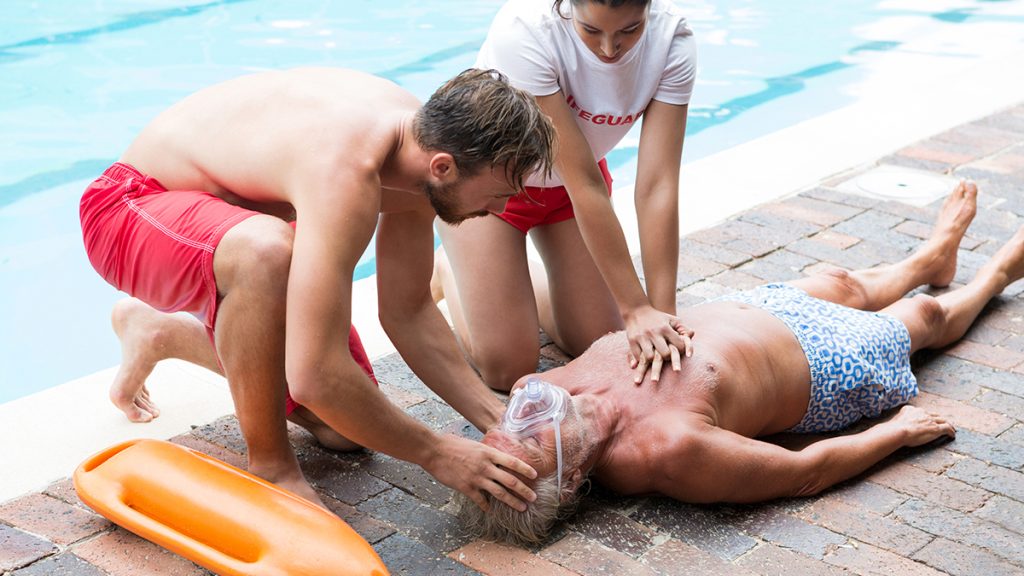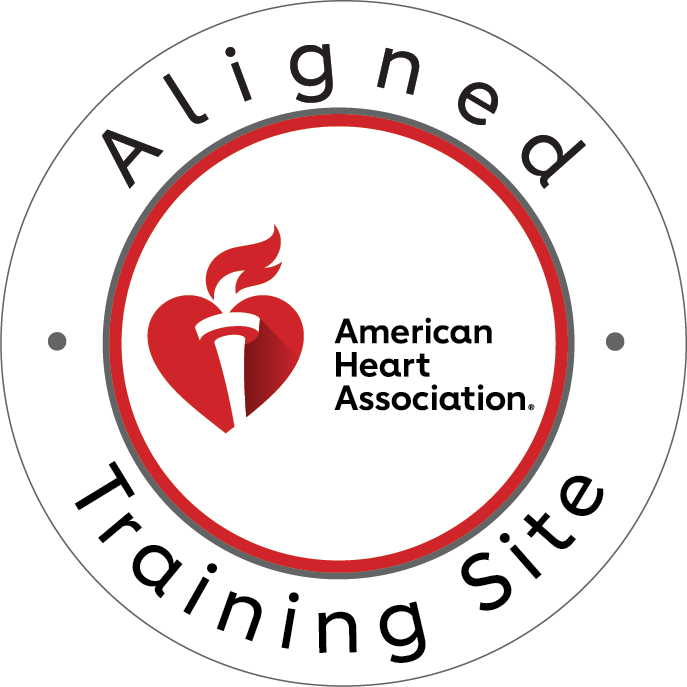As a medical provider, you know that every second counts in an emergency. Yet drowning—one of the leading causes of unintentional injury death worldwide—often goes unrecognized until it’s too late. Understanding the five distinct stages of drowning can mean the difference between life and death for your patients.

The Silent Emergency: Why Drowning Recognition Matters
Forget what you’ve seen in movies. Real drowning is quiet, quick, and subtle. There’s rarely any splashing or calls for help. For medical professionals, recognizing the progression of drowning is crucial for early intervention and optimal patient outcomes.
Stage 1: Surprise
The initial stage occurs when a person first experiences water entering their airway. Within seconds, several physiological responses occur:
- Involuntary grasping reflex
- Immediate breath-holding
- Increased heart rate and blood pressure
- Release of stress hormones
Stage 2: Involuntary Breath Holding
During this critical phase, the body’s natural survival mechanisms kick in:
- Extreme anxiety and panic
- Voluntary breath-holding becomes involuntary
- Increasing carbon dioxide levels in the blood
- Growing urge to breathe despite submersion
Stage 3: Hypoxic Convulsions
As oxygen levels continue to plummet:
- Involuntary muscle spasms occur
- Consciousness begins to fade
- Aspirating water becomes inevitable
- Brain function rapidly deteriorates
Stage 4: Unconsciousness
Without immediate intervention:
- Complete loss of consciousness
- Cessation of voluntary muscle movement
- Continued cardiac activity
- Severe hypoxia and acidosis
Stage 5: Clinical Death
The final stage represents the last opportunity for successful resuscitation:
- Cardiac arrest
- Complete cessation of breathing
- Irreversible brain damage imminent
- Time-critical need for advanced life support
Prevention Through Recognition: Key Warning Signs
For medical providers, understanding these subtle indicators can facilitate earlier intervention:
- Absence of calling for help
- Head low in the water, mouth at water level
- Head tilted back with mouth open
- Eyes glassy and empty, unable to focus
- Hair over the forehead or eyes
- Vertical position in the water
- No use of legs for movement
The Critical Role of Professional Training
As a healthcare provider, your ability to recognize and respond to drowning can dramatically impact patient outcomes. Recent studies show that healthcare providers with current CPR certification and regular training respond more effectively to water emergencies, leading to:
- 47% faster recognition of drowning signs
- 62% improvement in response time
- 83% better patient outcomes in near-drowning cases
Taking Action: Advance Your Life-Saving Skills
Maintaining current certifications in BLS, ACLS, and PALS isn’t just about meeting requirements—it’s about being prepared when seconds count. CPR Indianapolis offers comprehensive training that could make you the difference between life and death for a drowning victim.
Why Choose CPR Indianapolis for Your Training?
- American Heart Association-certified training site
- Stress-free, hands-on learning environment
- Flexible scheduling for healthcare professionals
- Expert instructors with real-world experience
- State-of-the-art training equipment
- Small class sizes for personalized attention
Call to Action
Don’t wait until you’re faced with a drowning emergency to update your life-saving skills. CPR Indianapolis offers group training sessions specifically designed for medical providers and their teams. Schedule your BLS, ACLS, or PALS certification or renewal today.
Book Your CPR Classes in Indianapolis Now:
- Visit our website to view upcoming class schedules
- Call us to arrange CPR Group Training for your medical team
- Email for custom training solutions at your facility
Contact CPR Indianapolis today and ensure you’re prepared to recognize and respond to drowning at any stage. Remember, in a drowning emergency, every second counts—and your training could make all the difference.




